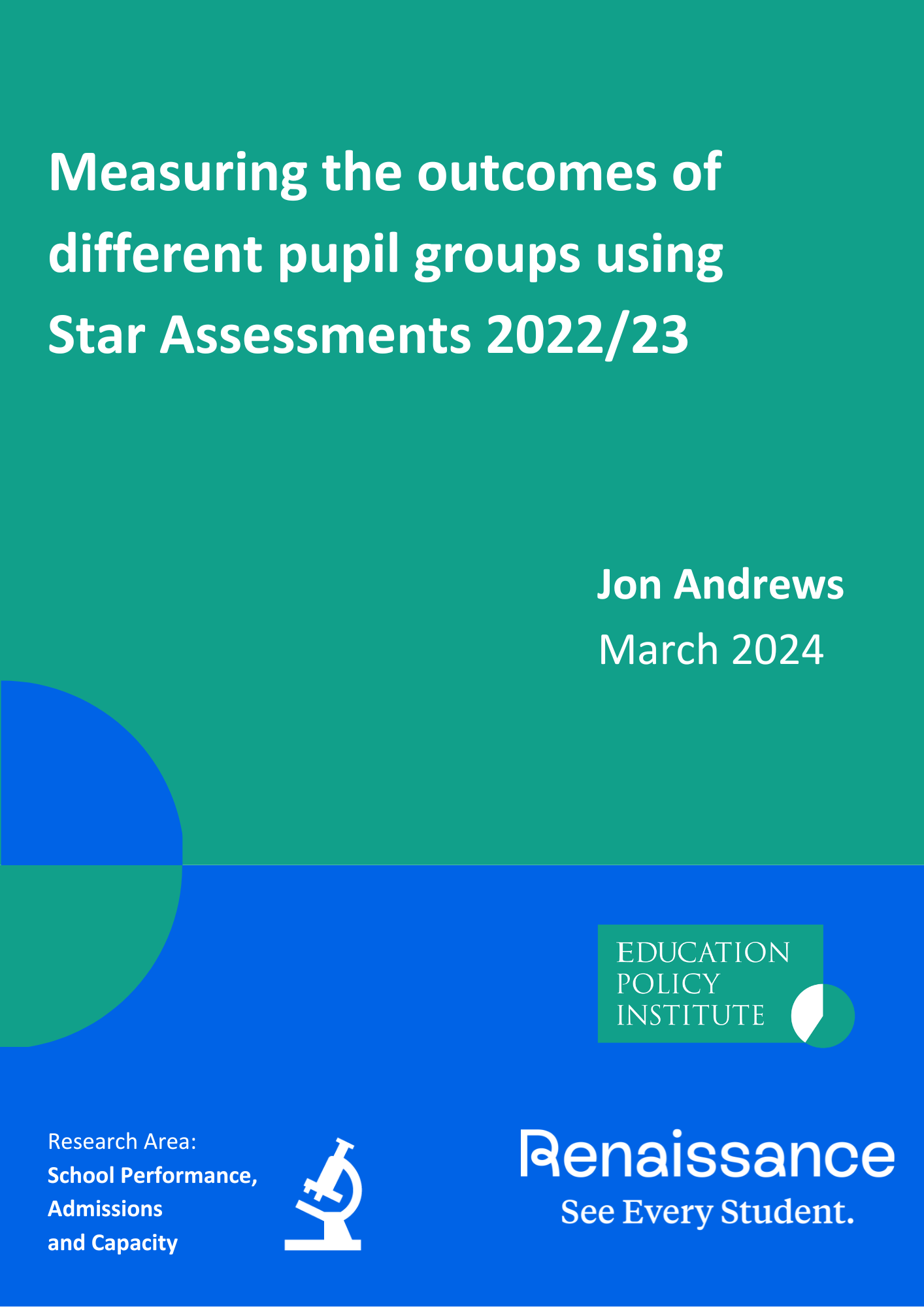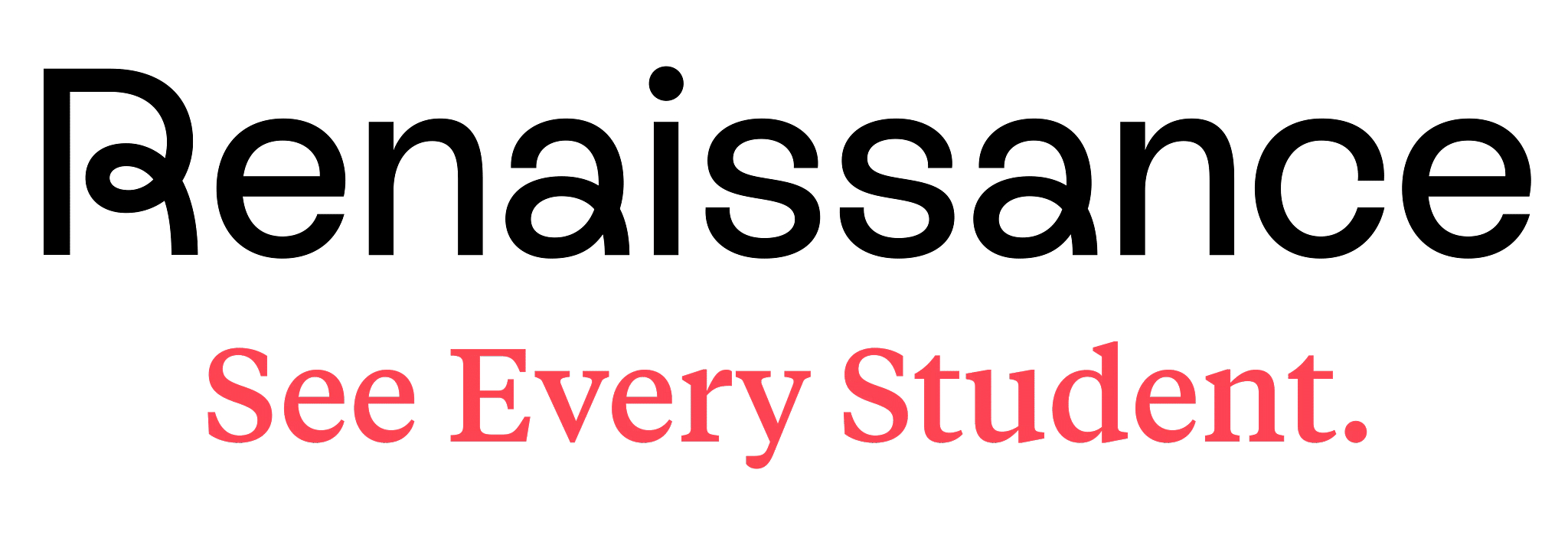This fourth and final report in a series produced by EPI and Renaissance builds on recent analysis from EPI and Renaissance measuring learning loss during the pandemic and outcomes for disadvantaged pupils. Our previous reports showed that learning loss as a result of the pandemic persists in maths and is the equivalent of two months of learning for primary pupils, and four months of learning for secondary-aged pupils. The pandemic was also associated with a widening of the attainment gap between disadvantaged pupils and their peers.
This final report considers outcomes by gender, by special educational needs status (SEN), by English as an additional language (EAL), and by region.
On gender, the report finds that:
- The pandemic appears to have had a bigger effect on girls than on boys, although girls still outperform boys in reading.
- In primary reading, outcomes for girls were largely the same as they had been prior to the pandemic, but there had been an improvement in the attainment of boys. The gap in attainment has narrowed by 1.0 months so girls are 3.1 months ahead of boys.
- In secondary reading, outcomes for girls have fallen and outcomes for boys are largely the same. The gap in attainment has narrowed by 1.2 months to 4.4 months.
- In primary maths, results have fallen for both boys and girls, but girls have fallen further so the gap has widened by 2.0 months to 2.9 months in favour of boys.
- In secondary maths, results have fallen for both boys and girls. The gap has narrowed by 3.6 months to just 0.3 months in favour of girls.
For pupils with SEN, the report finds that:
- There are very wide attainment gaps between those pupils identified with special educational needs and their peers in each subject and in each phase. These gaps have narrowed slightly since the start of the pandemic but remain substantial.
- In primary reading, the gap between non-SEN pupils and SEN support pupils has narrowed by 1.0 months to 19.4 months, and the gap between non-SEN pupils and SEN with EHCP pupils has narrowed by 0.2 months to 26.6 months.
- In secondary reading, outcomes for non-SEN pupils and SEN with EHCP pupils are largely unchanged, but the gap between non-SEN pupils and SEN support pupils has narrowed by 5.0 months to 24.8 months.
On ethnicity, the report finds that:
- Amongst primary-aged pupils, all ethnic groups have seen improvements since the start of the pandemic in reading.
- Black primary-aged pupils closed the gap to White pupils in primary reading and are now slightly ahead.
- Amongst secondary-aged pupils, pupils from Mixed, Asian, Black, and Other backgrounds have seen results in reading improve, while results for Chinese and White pupils have fallen (though the sample size for Chinese pupils is particularly small).
On regions, the report finds that in primary reading:
- Geographic regions explain a relatively small percentage of the variation in pupil outcomes, but there are still substantial gaps between different areas of the country.
- Yorkshire & Humber has been the lowest performing region, with pupils 4.3 months behind pupils in London in primary reading.
- Pupils in London have seen their results increase the most, up by the equivalent of 1.4 months in primary reading.
- It was not possible to produce breakdowns for secondary schools and in mathematics due to sample sizes, so this only represents a partial picture.
For pupils with English as an additional language (EAL), the report finds that:
- In primary reading, non-EAL pupils outperform EAL pupils but outcomes for EAL pupils increased slightly more than those for non-EAL pupils. This means the gap in attainment has narrowed by 0.5 months to 2.9 months.
- In primary maths, results have fallen for both groups with non-EAL pupils falling slightly further. EAL pupils continue to outperform non-EAL pupils, and the gap has widened by 0.2 months to 2.0 months.
- In secondary reading, outcomes for non-EAL pupils had fallen, and outcomes for EAL pupils had increased. This means that non-EAL pupils still outperform EAL pupils in secondary reading, but the gap has narrowed by 3.6 months to 10.0 months.
- In secondary maths, results have fallen for both groups, but results for non-EAL pupils have fallen further. Non-EAL pupils still outperform EAL pupils, but the gap has narrowed by 2.7 months to 3.9 months.
You can read the report here.

About Renaissance
As a leader in education technology, Renaissance is committed to providing schools and school groups with insights and resources to accelerate learning and help all students build a strong foundation for success. Our assessments (which now include GL Assessment) offer the ideal starting point to help schools understand their students’ strengths, pinpoint areas of need, and put targeted measures in place. Our teaching and learning programmes then provide effective next steps to drive better student outcomes. Find out more about Renaissance here.


